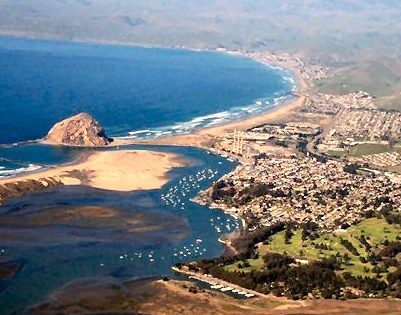Nearly 10,000 gallons of sewage spill into creek in Morro Bay
January 11, 2023

Morro Bay hit with sewage spill
By JOSH FRIEDMAN
Nearly 10,000 gallons of sewage spilled into a creek in Morro Bay amid the storm on Monday, according to San Luis Obispo Public Health Department.
At about 11 a.m., sewage began spilling into Morro Creek at 160 Atascadero Road. Approximately 9,900 gallons of sewage spilled into the creek over 12 hours, health officials said.
Officials are warning residents to avoid contact with ocean water during storms and for at least three days afterwards. Contact with stormwater increases the risk of illnesses such as rashes, fever, chills, ear infections, vomiting and diarrhea.
Rainstorm runoff is known to transport high levels of disease-causing organisms, including bacteria, viruses and protozoa from watershed and urban areas to the ocean. The organisms can cause skin, respiratory and intestinal problems.
Heath officials are advising anyone who inadvertently comes in contact with ocean water following Monday’s sewage spill to monitor for symptoms and contact a doctor if symptoms persist or become moderate to severe.






The comments below represent the opinion of the writer and do not represent the views or policies of CalCoastNews.com. Please address the Policies, events and arguments, not the person. Constructive debate is good; mockery, taunting, and name calling is not. Comment Guidelines